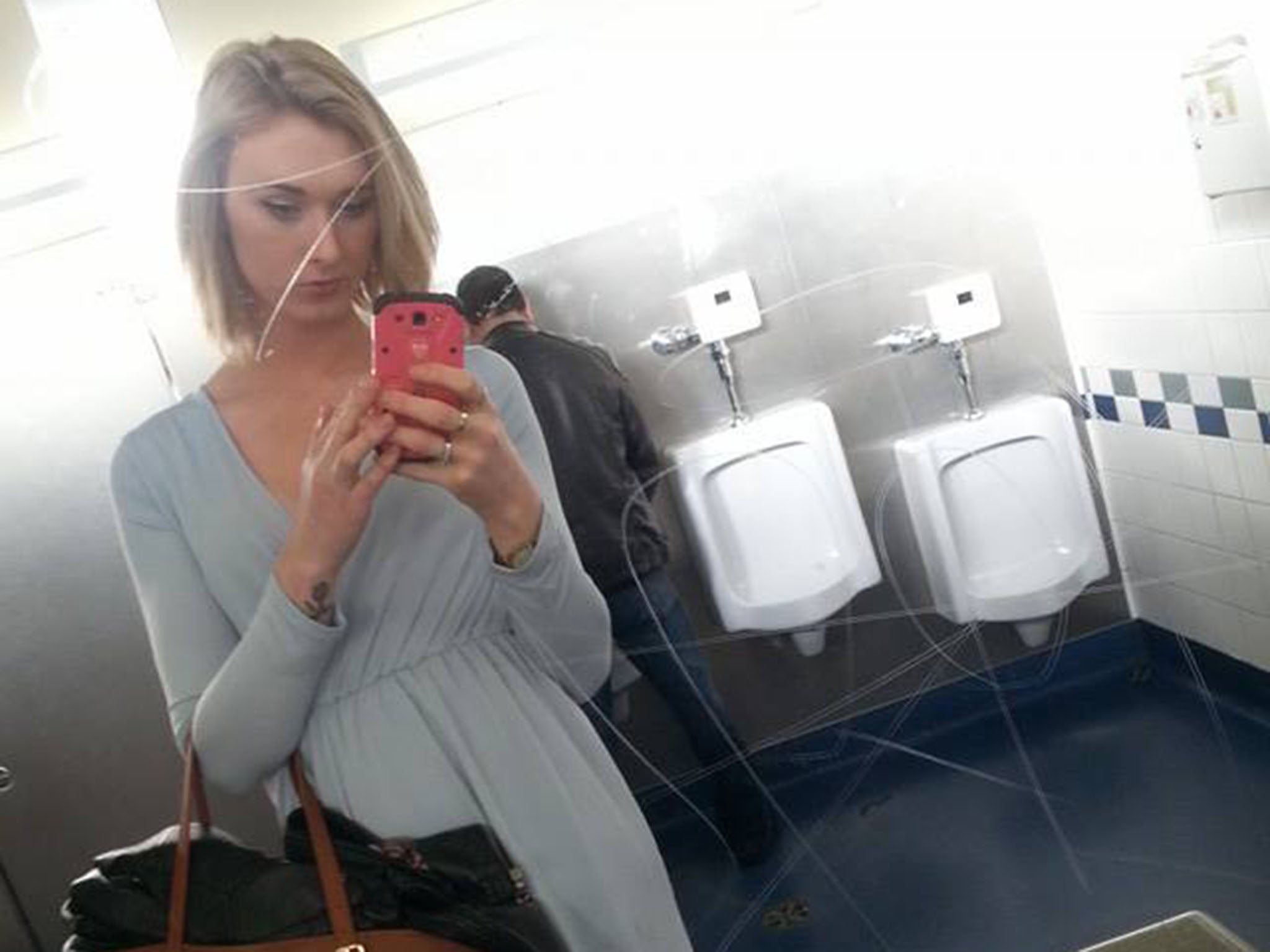The LGBT Fight for Equal Access to Public Accommodations
A Timeline of HB2: the "Bathroom Bill"
In March of this year, the North Carolina General Assembly passed House Bill number 2 (HB2), a state law which sparked a nationwide debate. The section of this bill that drew the most attention required people using bathrooms in government facilities to use the bathroom that corresponded to the gender they were assigned at birth. As you can imagine, this ended up leading to some pretty awkward situations like the one pictured below.Advocates of the bill claimed that this would help keep potential sexual predators out of women's bathrooms that might enter under the pretense of being transsexual, but there has been no proof of this having ever been an issue.
But no matter which stance you were to take on this issue it all boils down to one simple question: does the state have the right to tell you which bathroom to use? The answer to the question seems simple, especially when you consider the fact that we already answered a similar question less than a century ago, dealing with the issue of "separate but equal." You probably would not readily equate these situations, but a public bathroom is a public accommodation which means that all people deserve equal access to them, no matter their race or gender identity.
In Senator John Lewis's March (book one), he makes it very clear that the fight against discrimination and hate is an ongoing battle, and while we may make great strides, there will still be oppression to fight and enemies to face. He dedicates his book "to the past and future children of the movement" because he believes that the trials he's faced and the lessons he's learned will still be applicable to those who carry on in the fight today.
 There are some surprising parallels that can be drawn between the current LGBT movement and the Civil Right's movement of the 60's. In March, Lewis emphasizes the need to meet hate with love and nonviolence. In the 60's, peaceful protests were the key to winning the war against segregation and discrimination, from marches to sit-ins young African Americans took it upon themselves to peacefully draw attention to the unfair and unconstitutional treatment of the black community in the South. Today, in response to HB2 members of the trans community have taken to posting pictures of themselves in their "assigned" restrooms, like the one seen above and the one mentioned earlier. These peacefully draw attention to the ludicrous situation that HB2 has put them in.
There are some surprising parallels that can be drawn between the current LGBT movement and the Civil Right's movement of the 60's. In March, Lewis emphasizes the need to meet hate with love and nonviolence. In the 60's, peaceful protests were the key to winning the war against segregation and discrimination, from marches to sit-ins young African Americans took it upon themselves to peacefully draw attention to the unfair and unconstitutional treatment of the black community in the South. Today, in response to HB2 members of the trans community have taken to posting pictures of themselves in their "assigned" restrooms, like the one seen above and the one mentioned earlier. These peacefully draw attention to the ludicrous situation that HB2 has put them in. The war on hate has made great strides in recent years. We coming to the end of our first black President's second term in office, and it's possible that his successor may be the first woman elected President. In 2015, the Supreme Court ruled that the Fourteenth Amendment guarantees same-sex couples the right to marry. The LGBT community cried "Love Wins" across the country. However, the "bathroom bill" and bills like it in other states have still not been addressed. The federal hearing for HB2 has been pushed back until May 2017, and the Supreme Court ruling will decide if love will win over hate in this bathroom debate.


















